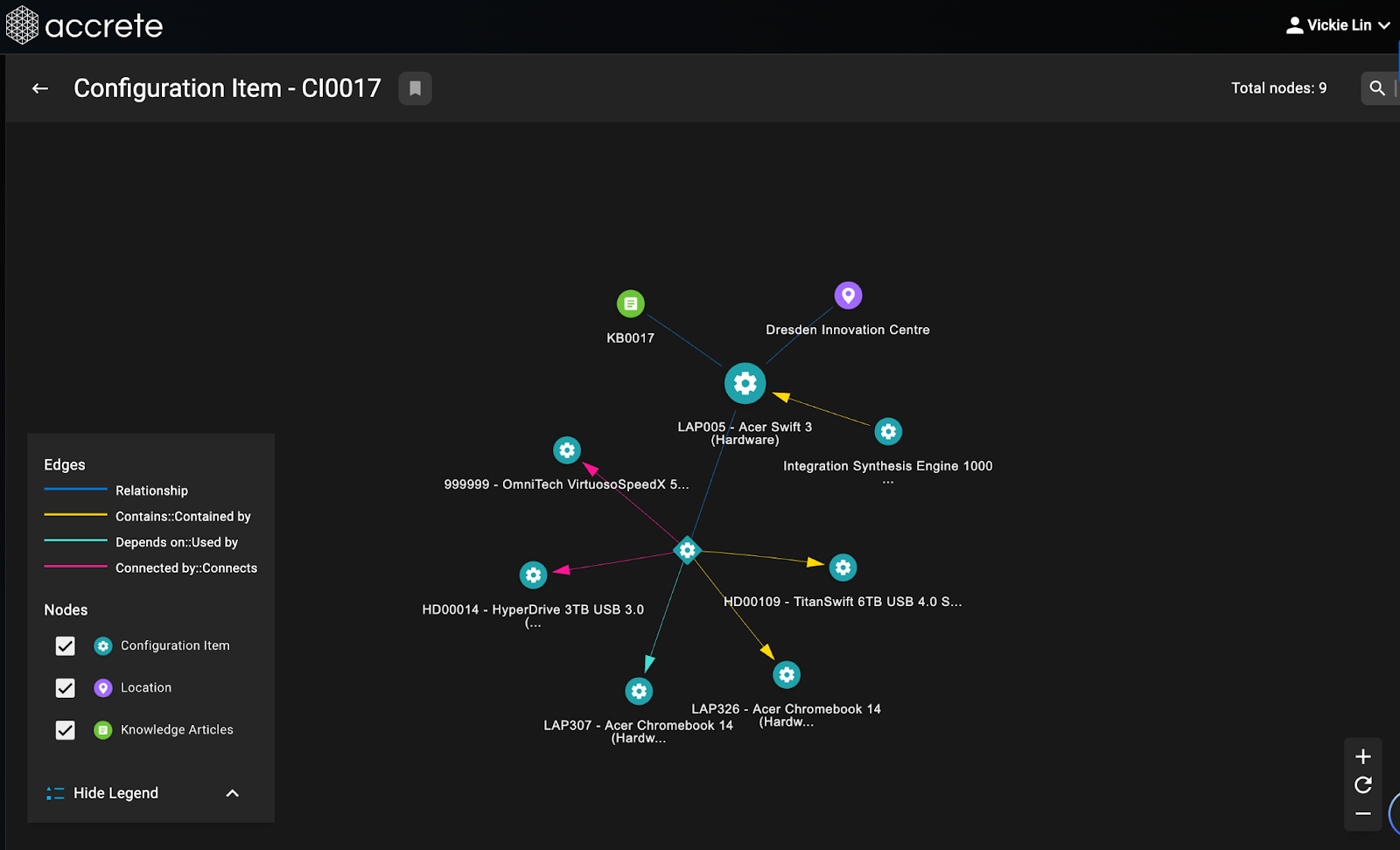The fast-paced contemporary information technology landscape, in itself, is an integration that brings the fusion of IT Service Management (ITSM) and IT Operations Management (ITOM) together into a single framework called ServiceOps, which allows a quantum leap. This new paradigm not only brings efficiency but resilience and excellence in operations too, within the increasingly complex cyber world.
The Evolution of IT Management
This traditional division between IT service and operations management has quite often been responsible for breaking down information into silos and fragmenting processes with inefficiencies. ITSM looked at the delivery and support of IT services to users and businesses, making sure they satisfied their requirements. ITOM handled the administration and maintenance of IT infrastructure and looked at system uptime and performance.
Well, as the IT environment became more complex and interdependent, these limitations began to show up in this bifurcated approach. Service disruptions, long incident resolution times, and high costs of downtime all seemed to underscore the requirement for a more consolidated approach. Addressing this very need is ServiceOps—a holistic strategy that brings both ITSM and ITOM together with cutting-edge technologies such as AI and machine learning in order to get the best service delivery possible and operational efficiency.
What is ServiceOps?
ServiceOps conflates IT Service Management and IT Operations Management into a single framework. This was propelled by the need for service management and operations management to work together to yield the best results. By breaking down these silos and allowing for collaboration, a more effective and efficient way to detect, diagnose, and resolve problems can be embedded.
Key Drivers of ServiceOps
- Increasing IT Environment Complexity: The modern IT infrastructure is complex and dynamic. The huge growth of cloud services, micro services architectures, and IoT devices present new challenges for IT environment management. ServiceOps resolves this issue with a single pane of glass over service delivery and infrastructure performance.
- Need for Resilience and Efficiency: Digitalization has increased the cost of downtime and service disruptions. According to Gartner, the cost of IT downtime for organizations is an average loss of $5,600 per minute. In speeding up incident resolution and proactive risk management, ServiceOps helps to significantly reduce these costs.
- Advances in AI and Machine Learning: AI and machine learning, in this regard, have definitely been hardwired into IT management tools. Technologies which support predictive analytics, automated incident detection, and root cause analysis have brought change to a great deal in both ITSM and ITOM. Platforms like Nebula ITSM harness the power of artificial intelligence in transforming the traditional IT management stack into a predictive risk engine for detecting risks and remediating incidents.
ServiceOps Benefits
- Improved Incident Management: In cases of incidents, ServiceOps presents a holistic method of incident management by bringing together ITSM and ITOM. AI-driven tools can discover probable root causes for incidents and estimate the potential change impact to lessen time and efforts to restore incidents.


- Improved Service Availability: ServiceOps enhances service availability by enabling improved visibility into the relationships of the various components making up the IT infrastructure. From this holistic vantage point, change can be managed more effectively, and the likelihood of service disruption can be significantly decreased.
- Cost Reduction: Inbuilt ITSM and ITOM via ServiceOps bring down operational costs due to process streamlining, elimination of redundancies, and efficiency addition in change management. This will, therefore, offer great savings both in direct and opportunity costs associated with downtime to the organization.
- Proactive Risk Management: ServiceOps puts an organization in a better position to proactively manage associated risks. Leveraging predictive analytics, it works out the issues likely to happen and resolves them before they turn into big incidents. It's not only the risk of service disruption that gets reduced, the whole operation becomes resilient.


ServiceOps Implementation
For the successful implementation of ServiceOps, there are some focus areas on which an organization should work diligently. These are:
- Unified IT Management Platform: Crucial is the Adoption of a Single IT Management Platform Integrated with ITSM and ITOM Capabilities. Innovative platforms such as Nebula ITSM that empower workflows driven by AI also make it possible to have incident and change management in one clear view of the information technology environment.
- Collaboration and Communication: There needs to be collaboration between the IT service and operations teams. This can be enabled by frequent cross-functional meetings, shared goals, and integrated workflows ensuring perfect communication and coordination.
- Leverage AI and Automation: Leverage AI, automation, and other tools to optimize the process from incident detection and root cause analysis to change management. It is only then that the complete value chain of ServiceOps can be explored. Such technologies reduce the effort and manual labor in these tasks drastically and provide precision and velocity in issue resolution.
Conclusion
It is the loud call for an evolution of IT management. Bringing IT service and operations management in one umbrella will enhance the efficiency, resilience, and cost-effectiveness of any organization. As firms continue to wade through the complexities of a modern digital landscape, attaining a competitive edge by adopting ServiceOps would be essential to ensuring operational excellence.
The key to doing this for any organization embarking on the ServiceOps journey is to embrace the power of AI and automation, create a collaborative culture, and adopt unified IT management platforms. As this trend continues to gather momentum, ServiceOps will undoubtedly become the cornerstone of modern IT management strategies. To keep up with the latest improvements and applications of AI within the ITSM space, be sure to sign up to learn more about Accrete’s Nebula ITSM tool for enterprise incident and change management.
